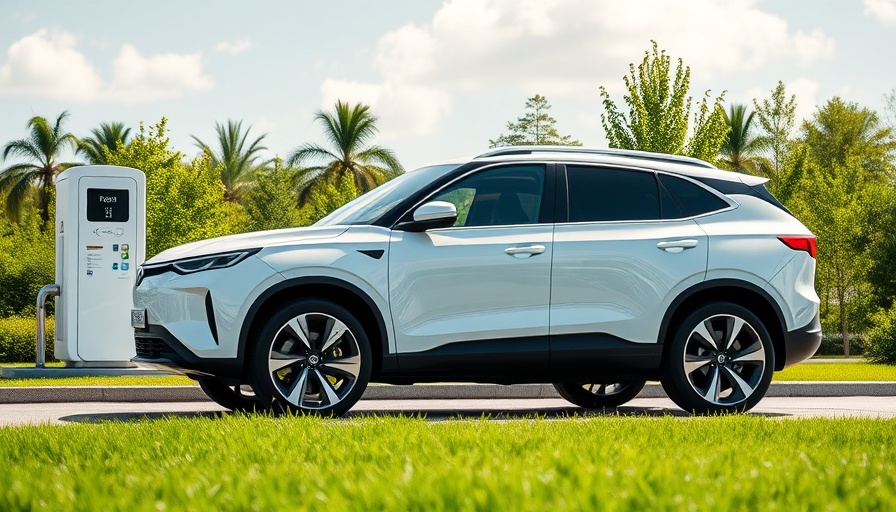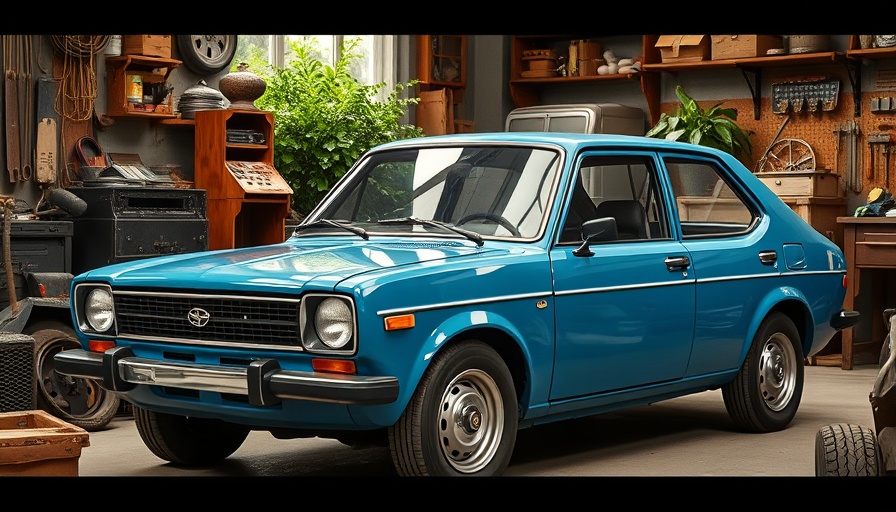
The Evolution of the Porsche 911 Turbo S
Since its inception in the early 1960s, the Porsche 911 has continually adapted and evolved, becoming a centerpiece of automotive excellence. The upcoming 2026 Porsche 911 Turbo S is a testament to this ongoing legacy, incorporating hybrid technology to push the boundaries of performance while maintaining the essence of what makes a 911 special.
Groundbreaking Hybrid Technology: A Game Changer
The Turbo S takes a bold leap forward with its T-Hybrid layout, drawing from the successful Carrera GTS model and amplifying it. Unlike traditional hybrids designed for efficiency, this model focuses on unleashing raw power and speed. The chassis is outfitted with a compact 1.9 kWh lithium-ion battery, strategically positioned to maximize weight distribution. This state-of-the-art battery fuels twin electric turbochargers that can virtually eliminate turbo lag, resulting in an exhilarating driving experience.
The Numbers Speak Volumes
Performance figures for the 2026 Turbo S are nothing short of extraordinary. With an output of 701 horsepower and 590 pound-feet of torque, this supercar achieves 0 to 60 mph in a staggering 2.4 seconds. These figures not only surpass its predecessor but also secure its status as the most powerful road-going 911 ever produced. The new model's lap time at Nürburgring Nordschleife of 7:03.92 is a remarkable 14 seconds quicker than before.
Aerodynamic Innovations That Matter
Every detail in the Turbo S has been meticulously engineered for optimal performance, including enhancements to aerodynamics. Active grille shutters improve drag reduction, while a deployable front splitter and adjustable rear wing contribute to superior handling. These advancements reflect Porsche's commitment to marrying cutting-edge technology with racing heritage.
The Price of High Performance
With great power comes a significant price tag. The starting cost for the Turbo S coupe is pegged at $272,650, while the Cabriolet version begins at $286,650. This marks an increase of over $30,000 from the previous generation, with tariffs potentially nudging prices higher. Consumers interested in luxury performance vehicles should consider the value that comes with such an investment.
What This Means for the Future of Sports Cars
The 2026 Porsche 911 Turbo S signifies a pivotal moment in the automotive landscape, where traditional performance meets modern electrification. As the automotive industry pivots towards sustainability, this model exemplifies how manufacturers can innovate without sacrificing power or driving thrill. With the Turbo S, Porsche not only strengthens its foothold as a luxury performance brand but also sets the stage for a future where hybrid technology is no longer an anomaly but a standard for all high-performance vehicles.
Drive Towards the Future of Automobiles
The unveiling of the 2026 Porsche 911 Turbo S invites discussions around the automotive industry's trajectory. As hybrid technologies permeate markets worldwide, car enthusiasts and consumers alike are encouraged to stay informed about their implications for both performance and environmental standards. Engaging with automotive industry news and staying abreast of future trends could provide valuable insights, especially as the automotive landscape continues to shift toward electric and hybrid innovations.
 Add Row
Add Row  Add
Add 




Write A Comment